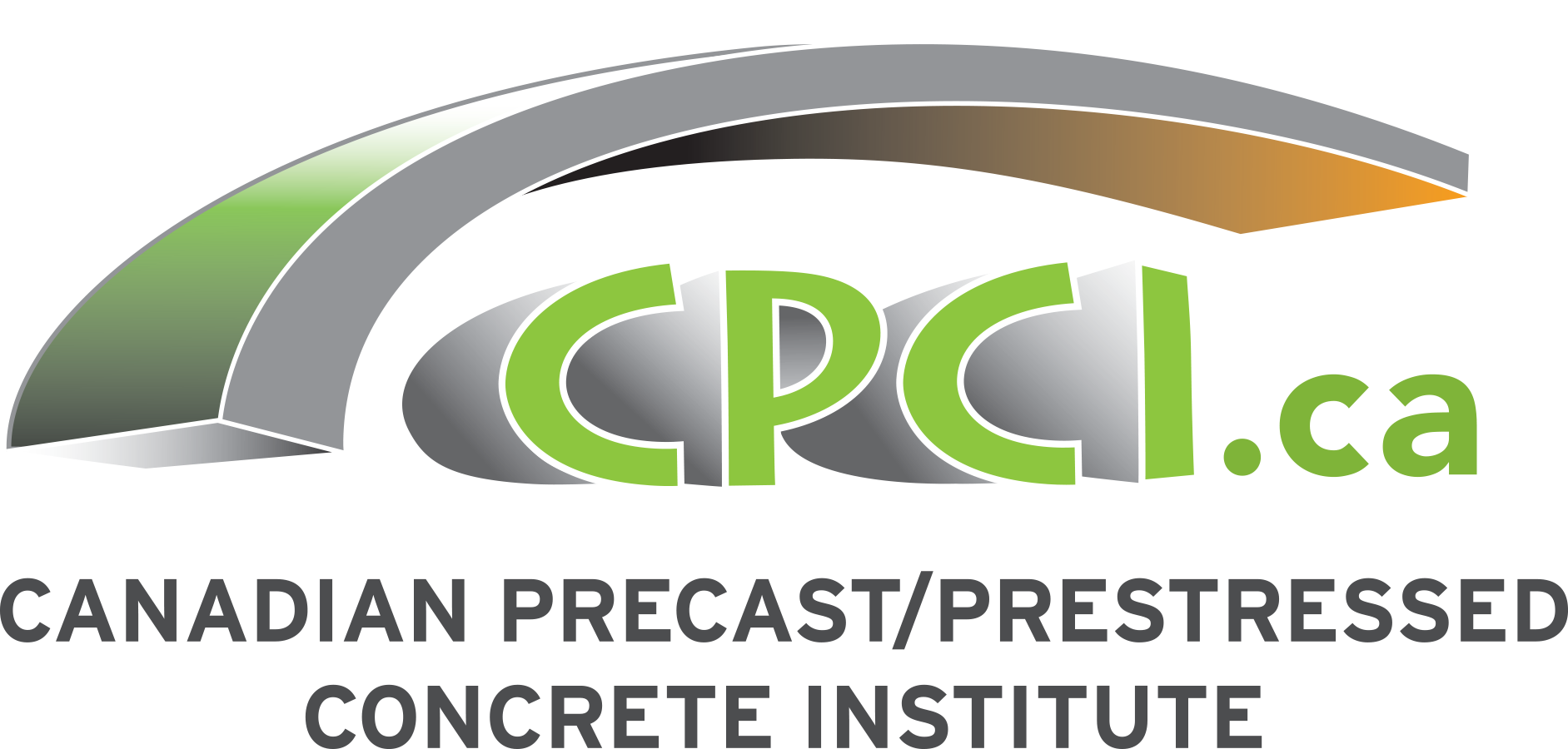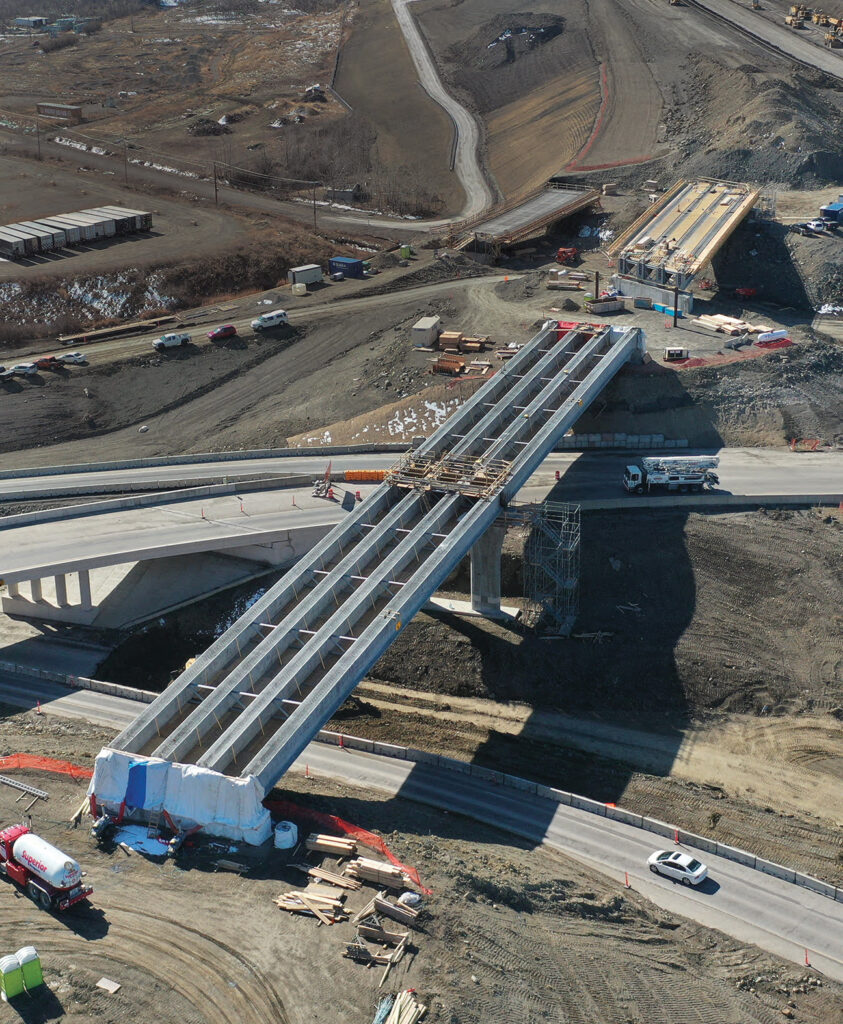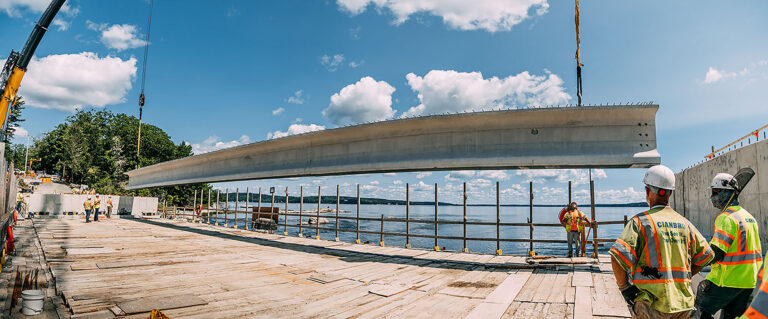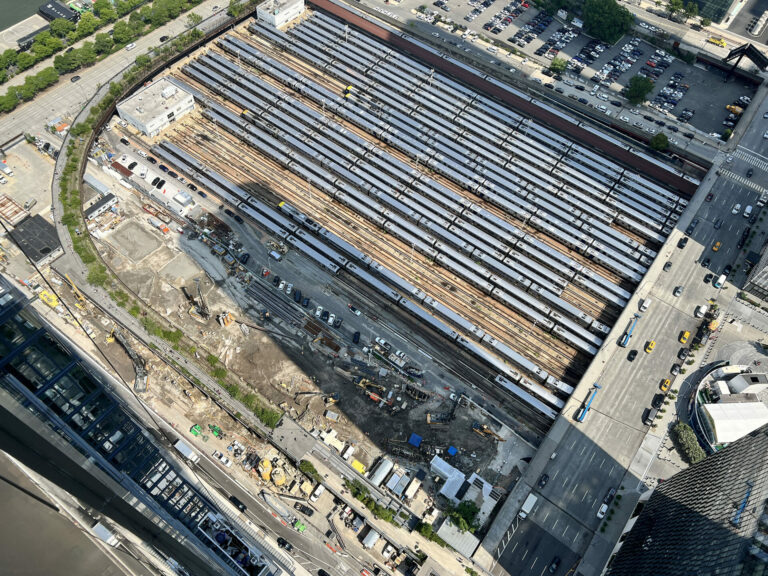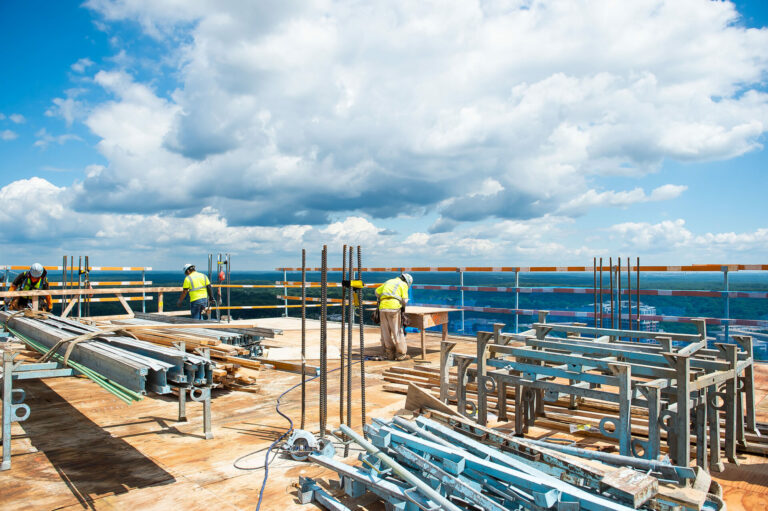It is no secret among construction industry professionals that prefabricated and modular structures are the way of the future. What was always a popular approach from its introduction into the market decades ago has become even more so, with the industry moving rapidly towards a culture of speed, cost-efficiency, resiliency and sustainability. In the last ten years, precast concrete has become the fastest growing concrete in the world, a statistic that comes off the back of this heightened demand for prefabricated and modular buildings. In Canada, the precast concrete industry is represented by the Canadian Precast Prestressed Concrete Institute (CPCI).
CPCI is a research institute, trade association, and the leading technical resource for the precast concrete industry in Canada. It is described by Managing Director Brian Hall as “a joint industry initiative that develops, maintains, and disseminates the Body of Knowledge (BOK) necessary for designing, fabricating, and constructing sustainable and resilient precast concrete structures.” BOK refers to the collective knowledge of an industry that is relied upon to design and build with a specific material or system, and it is from this BOK that building codes, design guides, education programs and certifications are derived.
As an organization CPCI is, like the precast concrete it represents, structurally sound. It stands strong at 45 members and 56 manufacturing plants across Canada with over 500,000 square feet of plant space available for producing precast concrete. In fact, CPCI members produce 80% of all the precast concrete manufactured in Canada. This presence alone is representative of the industry’s scale, but what exactly is it about precast concrete that yields such growth and demand? “Fast production, life cycle cost effectiveness, low maintenance, and structural strength,” says Brian. “The inherent benefits of precast prestressed concrete make it the best choice for many projects.” To provide further insight into the durability of precast concrete Brian talks about the materials megapascal (MPa) which is a measure of the compressive strength of concrete. “Ordinary concrete is about 15-25 MPa while precast concrete is usually 35 – 55 MPa he says. “Right now, we can produce high-performance precast that’s 70 -100 MPa, so to manufacture a building that will last for a hundred years is not a problem.” Brian also says that on the aesthetic side of precast concrete “the creative dimensions of shape, texture, colour and pattern make for attractive buildings.” He adds that when it comes to sustainability “the onsite waste is almost nothing as the precast components are finished in the factory then delivered to the project”. Another sustainable benefit of precast concrete is how easily it can be power washed to look like new again, which is not the case for other building materials in the market.
Precast concrete is far from a hard sell, and therefore the rapid growth of it as a building material of choice is very easily justified.

CPCI and its members play a huge part in the growth of the precast concrete industry in Canada through their advocacy work, which is in constant evolution and follows construction industry trends. A huge part of this advocacy work is their commitment to attracting skilled labour and promoting the benefits of a career in the precast concrete industry. “The manufacturing workforce shortage is real,” says Brian, “which means the precast industry has to rethink and enhance our interviewing, hiring, and retention practices. Since the largest labour pools are millennials, Gen Z, and new Canadians, we need a new focus on how to effectively hire and integrate these sectors into our workforce.” CPCI’s Guide to Skilled Labor Pool Developmentis being produced to help every member plant attract, train, and retain the best manufacturing talent in the precast concrete industry.
In the same way that skilled workers are beneficial to the industry, the industry offers benefits to the skilled worker. With the growth of precast concrete, there is no shortage of work out there and so CPCI is on a mission to promote the industry for what it is – an opportunity to be part of something forward-looking. As part of their advocacy work as far as building the workforce is concerned, CPCI makes sure to extend the precast opportunity to those who may need it most.
CPCI works closely with the Canadian Government as well as the Canadian architectural, engineering, transport, and parking associations, all of whom have an invested interest in the growth of precast concrete and the potential benefits of embracing it. This includes the Cement Association of Canada, Royal Architectural Institute of Canada & Regional Chapters (RAIC), Construction Specifications Canada (CSC), Transportation Association of Canada (TAC), Canadian Society for Civil Engineering (CSCE), Canadian Parking Association (CPA), Canada Green Building Council (CaGBC) and the Canadian Building Envelope Council, among others. As precast concrete is a more sustainable approach than traditional building methods, much of CPCI’s advocacy work is naturally focused on the drive towards a more sustainable built environment. CPCI along with Kearns Mancini Architects and Coreslab Structures presented at the Canadian Green Building Council National Convention in Toronto in June on the Putman Family YWCA the first Total Precast Concrete Passive House (PH) structure. A case study on the project is available on the CPCI website under resources/publications.
“The maturing of digital tools has radically changed the modular-construction proposition,” Brian says.
Brian attributes much of the industry’s growth in recent years to the rise in digital tools and 3D modelling that are available today. CPCI got into 3D modelling about fifteen years ago and Brian says that it’s been a godsend for the industry and members, in particular architects and engineers who love to be on the cutting edge of new technology. “The maturing of digital tools has radically changed the modular-construction proposition,” Brian says. “For instance, by facilitating the design of modular components and full modules and optimizing delivery logistics. Designer and client perceptions of prefabricated structures are beginning to change, particularly as 3D modelling design tools help improve the visual appeal of them.”
Precast concrete came about in the 1950s, embraced first by Nordic countries such as Norway and Sweden which needed to build quickly in the post-war era. It wasn’t until the 1950s that Canada’s one of the first prefabricated buildings was erected – a condominium building that stands strong today as a World Heritage site. Though it has been around since then, it is in the last 20 years that precast concrete started ramping up to its full potential. Because it remains a new phenomenon for many, there is a knowledge gap to be filled. Behind everything, CPCI’s drive is to fill that knowledge gap through education. Their Learn on Demand program, for example, is a continual series of educational courses for architects, engineers, real estate developers, academics, students, government officials and construction professionals who want to learn more about precast concrete products and services. Learn on Demand is available 24/7/365. Participants listen to a 45 50-minute presentation and then answer questions relating to the course content. Upon completion, you’re sent a certificate of participation to qualify for Professional Development Hours and/or Continuing Education Credits.”

North Side Community Centre Red Deer, AB – The precast formliner adds texture and beauty to the Community Centre – Photo credit: Eagle Builders, AB 
11 Hoyt Street Brooklyn, NY – Sculpted facade establishes a new architectural landmark in NYC – Photo credit: BPDL 
West Calgary Ring Road North Project, Calgary, AB – Accelerated Bridge Construction with precast concrete girders in action – Photo credit: Lafarge Precast, Edmonton, AB
Another successful educational service delivered by CPCI is their Lunch & Learn Presentation and Plant Tour Program, which involves educational presentations at client offices during lunch and plant tours throughout the year to share how precast concrete is manufactured. Twenty-two years ago, CPCI started a program called National Precast Day. Another channel through which CPCI provides the construction industry with quality education, National Precast Day sees members across Canada open their precast plants to demonstrate how precast components are manufactured and the many benefits of building with precast concrete. “In the last 22 years National Precast Day has hosted over 50,000 students and AEC professionals,” says Brian.
In Brian’s words, these educational programs “help those in the construction industry to keep current, master new knowledge and skills and plan for the future. In doing so they have the potential to be one of the primary forces in the improvement and revitalization of the construction industry.” With the prefabricated and modular building industry on the rise and organizations like CPCI working tirelessly to advocate and educate within it, the future looks bright for precast concrete. The industry as a whole is expected to grow at a CAGR of 7.2% over the analysis period until 2026, and in Canada, it is CPCI and its members who are set to lead the way in making this a reality.
CPCI is pleased to announce, in 2022, the launch of a 2030/2050 Net-Zero Roadmap Initiative, an important step to decarbonizing our industry by 2050. The roadmap will align with the broader Canadian and international cement and concrete industry efforts by the Cement Association of Canada and the GCCA – Global Cement and Concrete Association and will also support international climate action industry efforts like the Paris agreement and #COP27 to limit global average temperature rise to 1.5C. The industry has established several working groups on benchmarking, production, design and construction, carbonation, and communications. The Canadian precast concrete net-zero roadmap and action plan is expected to be published by late 2022 and initiated in Winter 2023.
For more information contact CPCI at Toll-free: 877 937 2724 |Email: info@cpci.ca | Web: www.cpci.ca
Brian J Hall, B. B. A., MBA
Managing Director
Canadian Precast/Prestressed Concrete Institute
Vice-Chair – Royal Architectural Institute of Canada Foundation










